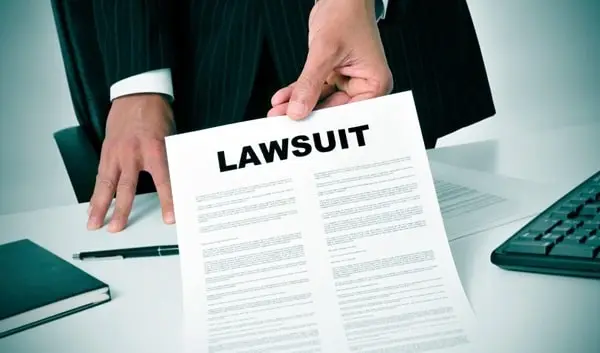The VBloc therapy, an innovative and non-invasive weight loss treatment, has gained traction as an alternative to traditional bariatric surgery. However, like many medical treatments, it has not been free of controversy. In recent years, patients have raised concerns about the therapy’s efficacy, leading to legal actions against the manufacturers of the device. This article delves into the ongoing VBloc lawsuit, examining the allegations, the science behind the treatment, and the broader legal implications for the medical device industry.
What is VBloc Therapy?
VBloc therapy is a type of weight loss treatment that uses vagal nerve blocking to reduce hunger and regulate appetite. Unlike conventional bariatric surgery, such as gastric bypass, VBloc is minimally invasive and does not involve altering the digestive system. Instead, a pacemaker-like device is implanted into the abdomen, which sends electrical impulses to the vagus nerve, effectively reducing the sensation of hunger. This procedure is primarily aimed at patients with a body mass index (BMI) of 35-45 who have been unsuccessful in losing weight through traditional methods like diet and exercise.
According to studies, patients undergoing VBloc therapy experience moderate weight loss and improvements in other health markers, such as cholesterol levels and blood pressure. However, the effectiveness varies widely, with some patients reporting minimal results. The average cost of the procedure is around $18,000, making it a significant investment for individuals seeking a less invasive alternative to surgery.
Allegations and the VBloc Lawsuit
The VBloc lawsuit centers around claims that the therapy did not deliver the promised results, with some patients alleging that they experienced limited or no weight loss after the procedure. In several cases, patients have reported adverse side effects, including pain at the implantation site, heartburn, and other gastrointestinal issues. Some have claimed that these side effects were not fully disclosed by the manufacturer, leading to dissatisfaction with the treatment outcome.
Legal actions have primarily targeted the manufacturer for failing to provide adequate warnings about the potential risks and for overstating the benefits of the treatment. These lawsuits argue that the marketing materials used to promote VBloc therapy were misleading, encouraging patients to undergo a costly procedure without sufficient evidence of its effectiveness. The ongoing litigation seeks compensation for medical expenses, pain and suffering, and, in some cases, punitive damages aimed at holding the manufacturer accountable for deceptive marketing practices.
Effectiveness and Safety of VBloc Therapy
VBloc therapy has shown varying degrees of effectiveness in clinical trials. Studies have indicated that patients typically lose around 21% of their excess weight after two years of treatment. In addition to weight loss, patients often experience improvements in cholesterol levels and blood pressure, particularly those with comorbid conditions like diabetes and hypertension. However, when compared to traditional bariatric surgery, the results are more modest. For many patients, the therapy is appealing due to its reversibility and lower risk of complications compared to more invasive surgical options.
On the other hand, some patients have reported side effects such as heartburn, nausea, and abdominal pain, particularly at the site where the device is implanted. While these side effects are generally mild and temporary, they can affect the quality of life and overall satisfaction with the treatment. Critics argue that these potential risks were not sufficiently communicated to patients, contributing to the current legal disputes.
Broader Legal Implications for Medical Devices
The VBloc lawsuit highlights a broader issue within the medical device industry, particularly regarding the marketing and communication of risks associated with new treatments. Medical devices, especially those that offer non-invasive alternatives to surgery, are often seen as quick solutions to complex health problems. However, as the VBloc case demonstrates, patients may be left with unsatisfactory outcomes, leading to legal action against manufacturers for failing to meet expectations.
The legal challenges faced by VBloc’s manufacturer could set a precedent for how medical device companies are required to disclose risks and benefits to potential patients. Furthermore, this case may prompt regulators to re-examine the approval process for new medical technologies, ensuring that long-term studies are conducted to verify the safety and efficacy of treatments before they are widely marketed.
Conclusion
The VBloc lawsuit reflects the growing scrutiny on medical device manufacturers to ensure transparency and honesty in their marketing and patient communication practices. As the lawsuit progresses, it will be essential to monitor how the courts handle claims of insufficient disclosures and exaggerated benefits, as this case could influence future regulations in the medical device industry.
For patients considering VBloc therapy, it is crucial to fully understand both the potential benefits and risks associated with the procedure. Consulting with a healthcare professional and reviewing all available studies on the therapy’s effectiveness will help individuals make informed decisions about their weight loss journey.


